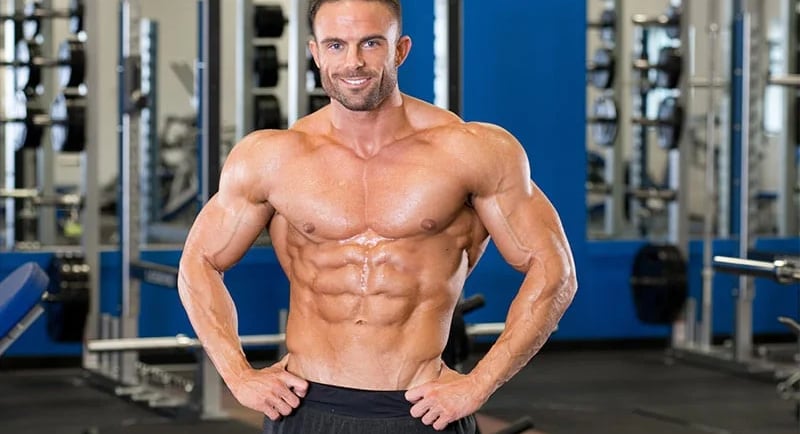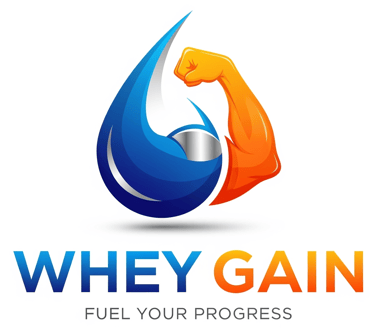Core (Abs)
The core abdominal muscles stabilize the trunk and protect the spine. The four main groups are the Rectus Abdominis ("six-pack," for trunk flexion), Transversus Abdominis (deep, acts as a corset for stability), and the Internal and External Obliques (for twisting and side-bending).
MUSCLE GROUP
9/28/20253 min read


Core and Workout Variations with Warnings
When people think about fitness, they often focus on visible muscles like arms, chest, or legs. However, the core is the true powerhouse of the body. A strong core does far more than create six-pack abs — it stabilizes the spine, protects internal organs, improves balance, and supports nearly every movement we perform.
Anatomy of the Core
The term “core” refers to more than just the abdominal muscles. It’s a complex group of muscles that wrap around the midsection, working together to stabilize and protect the body. Major core muscles include:
Rectus abdominis – the “six-pack” muscle that runs along the front of the abdomen.
Transverse abdominis – the deepest abdominal muscle, acting like a corset for stability.
Obliques (internal and external) – located on the sides, responsible for twisting and side bending.
Erector spinae – muscles along the spine that support posture and back extension.
Diaphragm and pelvic floor muscles – provide breathing support and internal stability.
Hip flexors and glutes – though often overlooked, they also contribute to core function.
Together, these muscles protect the spine, transfer power between the upper and lower body, and maintain balance.
Importance of Core Training
Training the core isn’t just about appearance. Benefits include:
Spinal stability – reduces risk of back injuries.
Better posture – prevents slouching and strengthens supporting muscles.
Improved athletic performance – a strong core enhances running, lifting, jumping, and rotational movements.
Functional fitness – supports daily activities like bending, twisting, or lifting objects.
Injury prevention – strong core muscles reduce strain on the lower back.
A weak core, on the other hand, can cause poor posture, back pain, and reduced athletic performance.
Core Workout Variations
Here are some effective exercises, from beginner-friendly to advanced moves:
1. Plank
Start in push-up position, elbows under shoulders.
Keep body straight, engaging abs and glutes.
Hold for 20–60 seconds.
👉 Builds endurance across the entire core.
2. Side Plank
Lie on your side, propping up on one forearm.
Lift hips so body forms a straight line.
👉 Targets obliques and lateral stability.
3. Crunches
Lie on your back, knees bent, hands behind head.
Lift shoulders toward the ceiling, squeezing abs.
👉 Focuses on rectus abdominis.
4. Leg Raises
Lie flat, hands under hips.
Lift legs up to 90°, then lower without touching floor.
👉 Strengthens lower abs and hip flexors.
5. Russian Twists
Sit with knees bent, lean back slightly.
Twist torso side to side, holding weight or ball.
👉 Targets obliques and rotational strength.
6. Mountain Climbers
Start in push-up position.
Alternate driving knees toward chest quickly.
👉 Works abs, shoulders, and improves cardio.
7. Bicycle Crunches
Lie on your back, hands behind head.
Bring opposite elbow and knee together in a pedaling motion.
👉 Great for obliques and rectus abdominis.
8. Hanging Leg Raises
Hang from a pull-up bar.
Lift legs straight up or bend knees to chest.
👉 Advanced exercise for lower abs.
9. Abs Rollouts (with wheel or barbell)
Start on knees, holding ab wheel or barbell.
Roll forward until extended, then pull back.
👉 Builds strength in abs, shoulders, and lats.
10. Pall of Press (anti-rotation exercise)
Attach a band to a sturdy anchor.
Hold band in front of chest, press outward, resisting rotation.
👉 Trains core stability against twisting forces.
Warnings and Safety Tips
Core training is essential, but it must be done safely to avoid injuries, especially to the spine.
1. Don’t Overdo Crunches
Excessive crunches can strain the neck and lower back. Combine them with planks, twists, and stability moves.
2. Engage Core Properly
Focus on pulling the belly button inward and tightening the midsection instead of just going through the motions.
3. Protect the Lower Back
Avoid arching the back during leg raises or ab rollouts. Keep movements controlled.
4. Balance Flexion, Extension, and Rotation
Don’t train only forward-bending (like crunches). Include side planks, twists, and back extensions for balanced strength.
5. Start Slow with Advanced Moves
Exercises like hanging leg raises or rollouts are challenging. Begin with simpler variations to avoid strain.
6. Breathe Correctly
Never hold your breath. Exhale during exertion (like crunching up), and inhale when lowering.
7. Progress Gradually
Increase intensity by adding weights, time under tension, or more reps instead of rushing into advanced workouts.
8. Rest and Recovery
Core muscles need recovery like any other group. Train them 3–4 times a week, not daily with heavy intensity.
9. Maintain Proper Posture
Even during daily activities, engaging the core helps. Slouching weakens muscles and increases back pain risks.
10. Listen to Pain Signals
A burning sensation in the muscles is normal, but sharp lower-back pain indicates poor form or overtraining. Stop immediately if pain persists.
Final Thoughts
The core is the foundation of strength, balance, and movement. More than just abs, it includes the front, sides, and back muscles that protect the spine and transfer power between upper and lower body. With workout variations like planks, twists, leg raises, and anti-rotation exercises, you can build a strong, functional midsection.
However, training must be balanced and safe. Overemphasis on crunches, poor breathing, or rushing into advanced moves can do more harm than good. By mixing endurance, strength, and stability exercises, and respecting recovery time, you can create a strong, functional, and aesthetic core that supports both everyday life and athletic performance.
